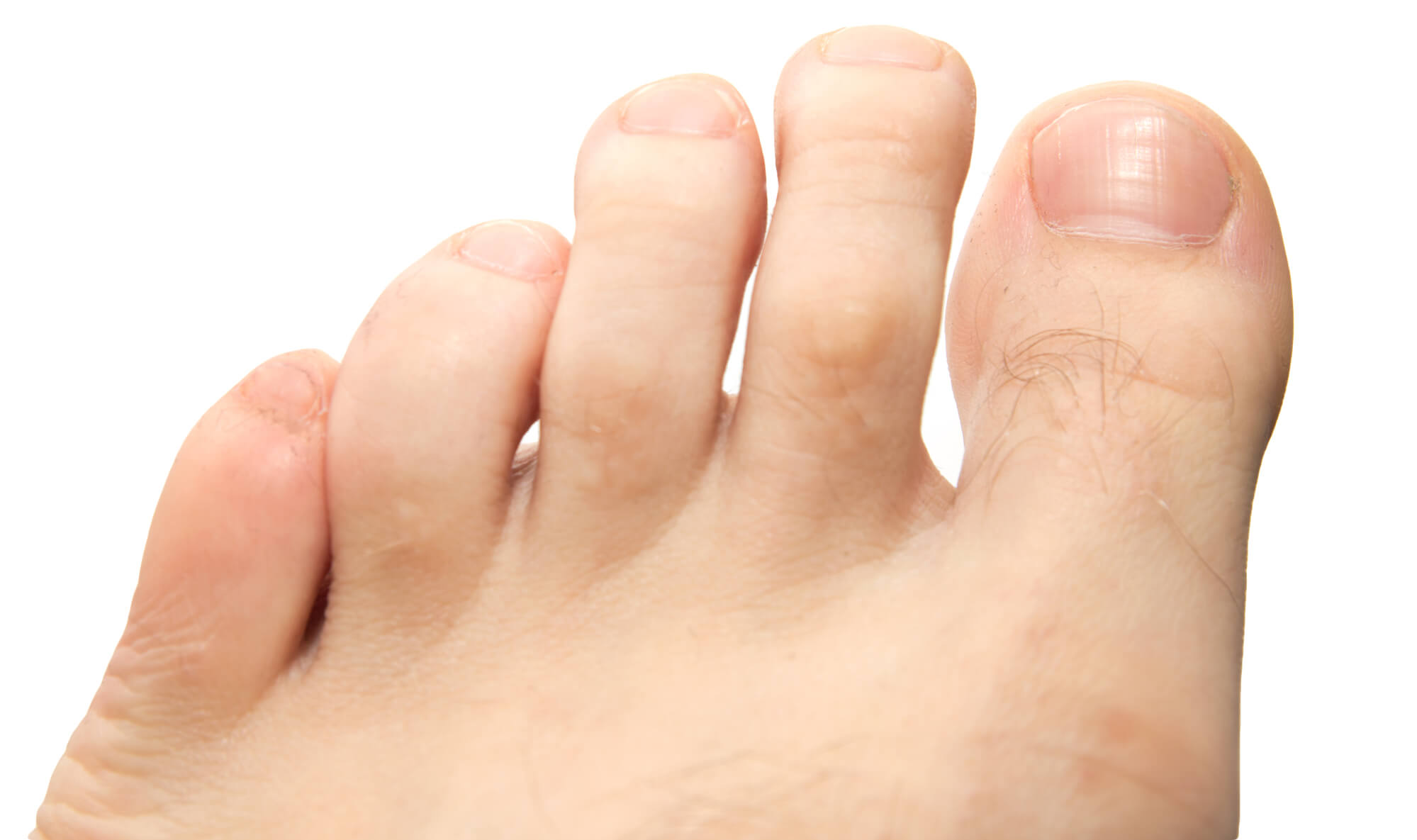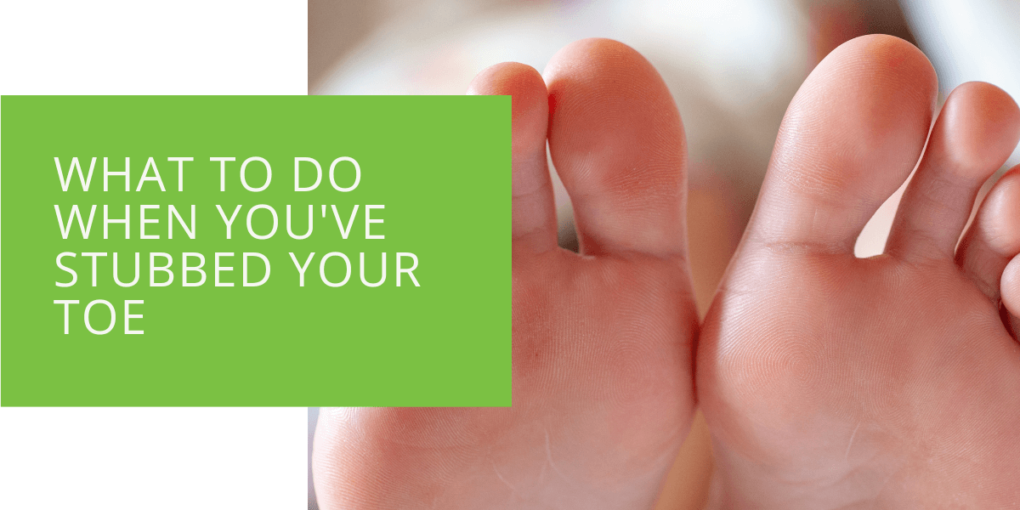What to Do When You’ve Stubbed Your Toe
Stubbing your toe can be a painful and frustrating experience. Whether you're running barefoot at home or out for a walk, a stubbed toe can happen anytime. It's important to know what to do at the moment and how to properly care for your injury in the days following the stub to ensure a full and proper recovery. In this article, we'll provide expert tips and advice on assessing the damage, taking immediate action, seeking professional medical attention, following up at home, and taking preventative measures to avoid future stubbed toe injuries.
Step 1: Assess the Damage
The first thing you'll want to do after stubbing your toe is to assess the damage. Take a moment to determine the severity of the injury and check for any signs of broken bones. If you're experiencing extreme pain and your toe looks crooked or out of place, you may have a broken toe. If the pain is milder and your toe looks relatively normal, you may have a bruised or sprained toe.
If you suspect you have a broken toe, it's important to seek medical attention immediately. A podiatrist or other medical professional can take an x-ray of your foot to confirm the presence of a fracture and provide the necessary treatment. In the meantime, keep weight off the injured toe as much as possible and elevate your foot to reduce swelling.
If your toe is bruised or sprained, you'll still want to follow similar care measures. Keep weight off the injured toe and elevate your foot to reduce swelling. You may also want to apply ice to the area for 15-20 minutes to help reduce swelling and numb the pain. Be sure to wrap the ice in a towel or cloth to protect your skin from frostbite.

Step 2: Take Immediate Action
After you've assessed the damage and determined the severity of your injury, it's important to take immediate action to reduce swelling and minimize pain. As mentioned above, applying ice to the injury and elevating your foot can help to reduce swelling and numb the pain.
You may also consider taking over-the-counter pain medication, such as ibuprofen, to help alleviate any throbbing or discomfort. Just be sure to follow the recommended dosage instructions on the bottle.
Step 3: Seek Professional Medical Attention
If your stubbed toe injury is severe or is not improving after a few days of self-care, it's important to seek professional medical attention. A podiatrist or other medical professional will be able to assess your injury and provide the necessary treatment to ensure a full and proper recovery.
If your toe is broken, a doctor may recommend wearing a protective boot or splint to keep it immobilized while it heals. They may also recommend physical therapy to help strengthen the muscles and ligaments in your foot.
If your toe is bruised or sprained, a doctor may recommend rest and elevation to help the injury heal. They may also recommend applying a bandage or wrap to help support the injured toe.

Step 4: Follow Up at Home
After seeking professional medical attention, it's important to follow up at home to ensure a full and proper recovery. Rest and avoid putting weight on the injured toe as much as possible. This will help to reduce the risk of further injury and allow the toe time to heal.
If your toe is broken, follow any treatment plan recommended by a medical professional. This may include wearing a protective boot or splint and participating in physical therapy.
If your toe is bruised or sprained, you may want to continue applying ice and elevating your foot to help reduce swelling and discomfort. You may also want to take over-the-counter pain medication, such as ibuprofen, to help alleviate any throbbing or discomfort.
It's also important to continue to follow any treatment plan recommended by a medical professional. This may include applying a bandage or wrap to help support the injured toe or participating in physical therapy to help strengthen the muscles and ligaments in your foot.

Step 5: Take Preventative Measures
To help avoid future stubbed toe injuries, it's important to take preventative measures. Wear shoes that fit properly and provide adequate toe protection to help reduce the risk of stubbing your toe. Be aware of your surroundings and watch where you walk to avoid tripping or stumbling.
If you engage in physical activities that may increase the risk of stubbing your toe, stretch and warm up beforehand. This will help to loosen your muscles and reduce the risk of injury.
Conclusion
Stubbing your toe can be a painful and frustrating experience, but by following the steps outlined in this article, you can find relief and ensure a full and proper recovery. Remember to assess the damage, take immediate action, seek professional medical attention, follow up at home, and take preventative measures to avoid future stubbed toe injuries. By following these steps, you'll be on your way to a healthy and pain-free recovery.
FAQ
How do I know if my stubbed toe is serious?
If you're experiencing extreme pain and your toe looks crooked or out of place, you may have a broken toe. If the pain is milder and your toe looks relatively normal, you may have a bruised or sprained toe. If you suspect you have a broken toe, it's important to seek medical attention immediately. A podiatrist or other medical professional can take an x-ray of your foot to confirm the presence of a fracture and provide the necessary treatment.
How do you tell if a stubbed toe is bruised or broken?
If your toe looks crooked or out of place and you're experiencing extreme pain, you may have a broken toe. If your toe looks relatively normal and the pain is milder, you may have a bruised or sprained toe. A podiatrist or other medical professional can confirm the presence of a fracture with an x-ray and provide the necessary treatment.
Can you wiggle your toe if it's broken?
It's possible to wiggle your toe if it's broken, but it may be painful. If you suspect you have a broken toe, it's important to seek medical attention immediately. A podiatrist or other medical professional can take an x-ray of your foot to confirm the presence of a fracture and provide the necessary treatment.
How do I know if my toe is broken after stubbing it?
If you suspect you have a broken toe after stubbing it, it's important to seek medical attention immediately. A podiatrist or other medical professional can take an x-ray of your foot to confirm the presence of a fracture and provide the necessary treatment. Symptoms of a broken toe may include extreme pain, swelling, and a crooked or out-of-place appearance. If you're experiencing these symptoms, it's important to seek medical attention as soon as possible.

